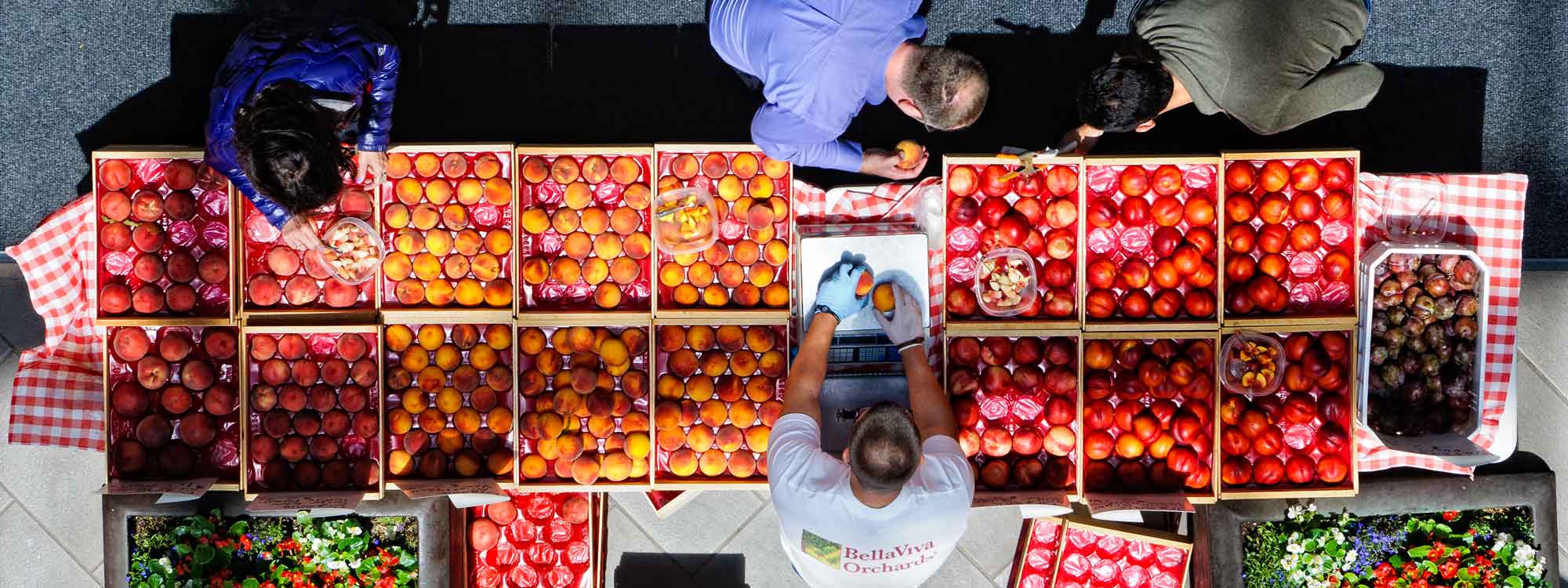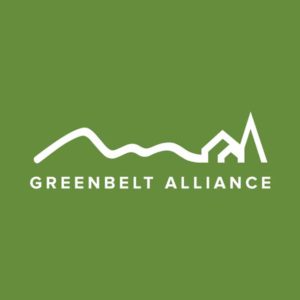Greenbelt Alliance Reveals Five Ways to Stem Loss of Local Food and Farms in New HomeGrown Report
San Francisco, Calif. —Five key actions for overcoming barriers to producing local food in the San Francisco Bay Area are identified in the new HomeGrown report released today by Greenbelt Alliance.
Drawn from the experiences of farmers and ranchers in counties from Santa Clara to Sonoma, the HomeGrown report calls for stronger farmland protection, more you-picks and farmers’ markets, and policies to stop the loss of land to subdivisions and shopping malls.
“Folks in the Bay Area love local food, but may not realize that local farms are at risk,” said Jeremy Madsen, Chief Executive Officer of Greenbelt Alliance. “There are a lot of pressures on local farmers and ranchers that make it tough to stay in business. If we value the fresh food they provide, we need to make it less challenging for them to produce it.”
Greenbelt Alliance compiled model farming and ranching polices from all around the region that can help keep local food production alive and meet the growing demand for fresh and organic vegetables, cheese, and meat.
“We’re sharing these ideas with policymakers, farmers, and foodies to prompt stronger actions to keep farming and ranching alive and thriving in the Bay Area,” said Madsen.
Bay Area agriculture worth over $6 billion
The Bay Area’s farms and ranches provide the region with local food, an economic value of $6.1 billion, jobs, as well as providing wildlife habitat, storing carbon, and protecting water resources.
But over the last 30 years, the region has lost 217,000 acres of agricultural land to development—more than seven times the land area of San Francisco.
“This is the greatest farming region in the world. Along with our soil, climate, and great agricultural history, we have the world’s most supportive and passionate food hub—chefs and restaurants and families,” said Al Courchesne of Frog Hollow Farm, better known as “Farmer Al,” a mainstay of San Francisco’s Ferry Building farmer’s market.
“But there are big barriers to farming here. Local governments can do a lot more to support agriculture, and they can use this report to help.”
Farmers and ranchers throughout the region are facing many challenges to staying in business, including:
- Land costs that make it hard to start or expand farms and ranches, and may lead to farmland’s conversion to sprawling development;
- Regulatory challenges, that is, permits and paperwork that are difficult to navigate;
- Conflicts between landowners, such as new residents near farms who don’t like noises, smells, and other realities that come with agriculture;
- Challenges for new farmers to get started in the business;
- Challenges reaching the Bay Area’s consumer market;
- Lack of funding to employ the tools to overcome these barriers.
Local policies can support farming
The report recommends five key strategies, most of which can be adopted by county governments:
- Protect agriculture with policies: Adopt agricultural policies that support farmers’ rights and keep farmland and ranchland designated as agricultural land.
- Hire “farmbudsmen”: Dedicate staff to help farmers and ranchers navigate permits and paperwork.
- Show the value of farming and ranching: Publicize the values—economic, social, and environmental—that the county’s farms and ranches provide.
- Support direct sales to customers: Promote local farm direct-sales efforts, such as U-picks, farmers’ markets, and community-supported agriculture programs, for both residents and visitors.
- Provide funding: Identify sources of long-term funding to invest in programs like these.
“This report has pulled together so many exciting new ideas to support farming,” said Joseph McIntyre, President of Ag Innovations, which supports healthy farms, communities, and ecosystems. “It’s a great resource for local leaders to take action.”
###
Greenbelt Alliance addresses how the Bay Area handles growth. The organization shapes the rules that govern growth to protect the region’s open spaces and to ensure neighborhoods within cities and towns are amazing places for everyone. greenbelt.org
The HomeGrown report can be found online at greenbelt.org/HomeGrown
Photo: Brandon Doran





